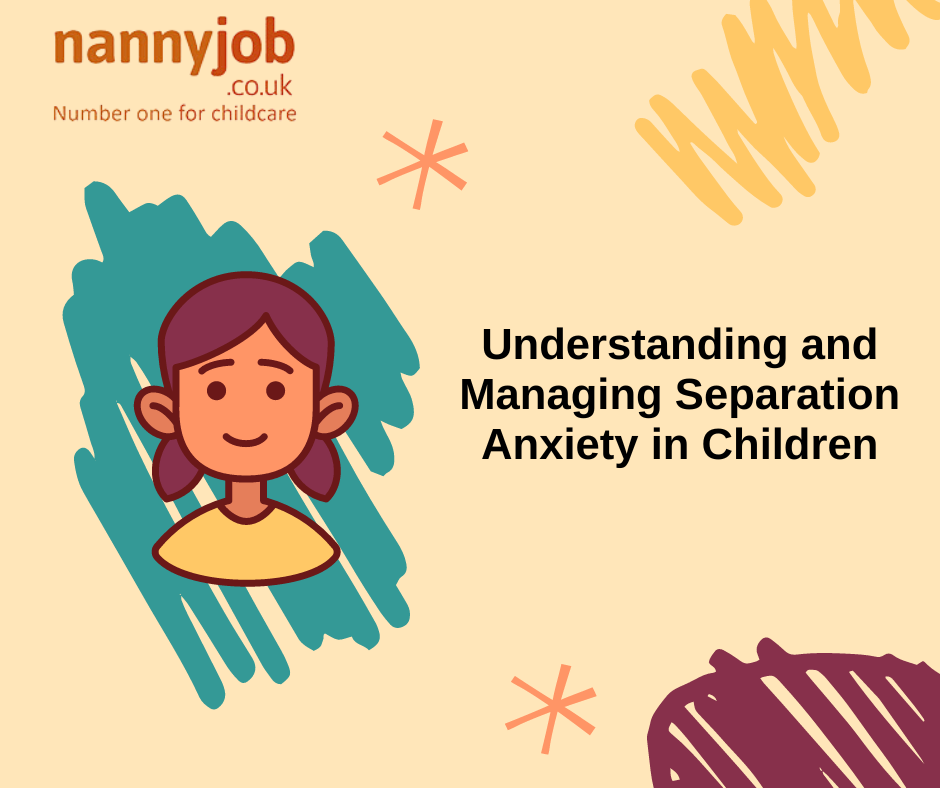Introduction
Separation anxiety is a common and natural phase in a child’s development. It typically occurs when children become fearful or anxious when separated from their primary caregivers. While it’s most prevalent in infants and toddlers, older children can also experience separation anxiety. This blog post will explore the causes, symptoms, and strategies to manage separation anxiety, offering support to parents, nannies, and childcarers.
Understanding Separation Anxiety
Separation anxiety often begins around six months of age and can continue through preschool years. It’s a normal developmental stage, reflecting a child’s growing awareness of the world and their attachment to their caregivers. However, in some cases, it can be more intense and persistent, requiring additional attention and care.
Common Symptoms of Separation Anxiety
- Excessive clinginess
- Crying or tantrums when a caregiver leaves
- Fear of being alone
- Nightmares or trouble sleeping
- Physical complaints such as stomachaches or headaches
Causes of Separation Anxiety
Several factors can contribute to separation anxiety, including:
- Developmental stages: As children grow, their understanding of separation and permanence evolves.
- Changes in routine: New environments, changes in caregivers, or family stress can trigger anxiety.
- Temperament: Some children are naturally more anxious and may be more prone to separation anxiety.
Strategies to Manage Separation Anxiety
- Establish a Routine: Predictable routines help children feel secure. Try to stick to regular schedules for meals, naps, and bedtime.
- Practice Short Separations: Gradually increase the time you spend away from your child. Start with short separations and slowly extend them as your child becomes more comfortable.
- Create a Goodbye Ritual: Develop a consistent and quick goodbye ritual to reassure your child. Avoid lingering, as this can increase anxiety.
- Stay Calm and Positive: Children often mirror their caregivers’ emotions. Staying calm and positive can help reduce your child’s anxiety.
- Provide Comfort Objects: Allow your child to have a comfort object, like a favorite toy or blanket, when you’re apart.
- Encourage Independence: Foster your child’s independence by allowing them to engage in activities without your constant presence.
- Communicate: Talk to your child about their feelings and reassure them that it’s okay to feel anxious.
When to Seek Professional Help
If your child’s separation anxiety is severe, persistent, or interfering with daily activities, consider seeking advice from a pediatrician or child psychologist. Professional guidance can help address underlying issues and develop effective coping strategies.
Conclusion
Separation anxiety is a challenging but normal part of childhood development. With patience, understanding, and consistent strategies, parents, nannies, and childcarers can help children navigate this phase and build a sense of security and confidence.





